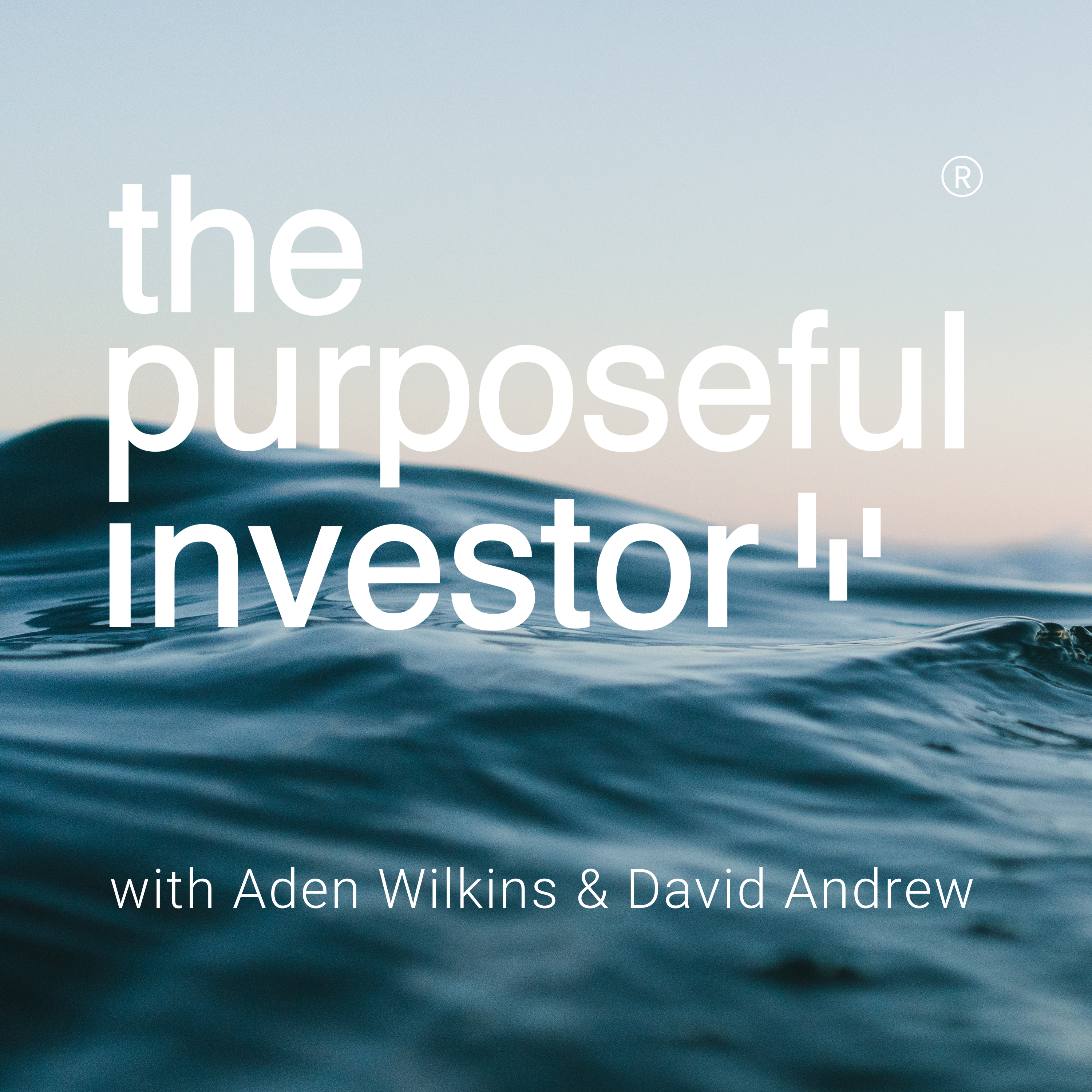One of the key narratives accompanying markets in 2021 has been the tug-of-war battle between our strengthening economy and the risk of rising inflation affecting portfolios. Unprecedented stimulus packages, surging commodity prices and supply chain bottlenecks have all added fuel to the inflationary fire in recent times.
Despite all the hype, actual inflation levels in Australia have remained fairly subdued, with the most recent recording only showing a 1.1% year-on-year increase. However, like the US, other economies have seen inflation readings surge as high as 5% year on year.
Whether these inflationary pressures prove to be transient due to “base effects” and the economy reopening or more permanent remains to be seen, nevertheless, the prospect of higher inflation has many investors questioning how such an environment might affect their portfolios.
What exactly is inflation?
Inflation is simply the increase in prices over time. Now, this is not to be confused with an increase in asset prices. A booming property market or share market has no impact on the measure. Rather, inflation considers the increase in prices for typical household expenditure, such as food, clothing, and transport.
Not all inflation is bad
Moderate inflation levels are generally good for an economy because it tends to be associated with improving economic growth, rising wages, and higher living standards. Therefore, central banks will generally target a small amount of inflation to encourage these positive side effects. In Australia, the RBA has traditionally worked towards a target range of 2-3% and will systematically raise interest rates when inflation drifts above this range and reduce rates if inflation is lower.
How does high inflation affect me and my portfolio?
Inflation reduces the purchasing power of your money over time. This means the amount of cash you currently have won’t be able to afford as much in the future as it would have today. Indeed, one of the main objectives of investing over the long-term is to earn a greater return than inflation, to maintain your purchasing power and standard of living.
Periods of higher inflation, or even higher expected inflation, can also have meaningful effects on the assets held in our investment portfolios.
Inflation and bonds
Higher inflationary expectations often lead to higher bond yields, as the market will “price in” our expectations for future rate rises. A common misconception by investors is that rising yields are a good thing for bonds. Rising rates should mean higher interest income, right? Unfortunately, it’s not that simple.
In an environment where bond yields are rising, new bonds will be issued offering higher interest payments. This makes existing bonds – issued before the rise in interest rates – less valuable to investors because they offer lower interest payments compared to the new bonds. As a result, the price of these existing bonds fall.
Bond investors will only benefit from higher yields once they roll over their investments into the new higher-yielding bonds. However, in the interim, rising bond yields will reduce the market (or capital) value of existing bonds instantaneously, which negatively impacts returns from bond investments.
Inflation and shares
A company’s value (or share price) is fundamentally derived by aggregating all future cash flows. When inflation rises, it means that these future cash flows will be worthless in today’s money terms. To compensate for this, the market will often discount these future cash flows at a higher interest rate, which reduces the value of a company and places downward pressure on share prices.
The chart below illustrates the negative impact of inflationary environments on US share market returns over the last 92 years.
How can I shield my portfolio from some of the risks of inflation?
The price (or capital value) of longer-dated bonds have a much greater sensitivity to a change in yield. Therefore, when inflationary expectations cause bond yields to rise, longer-dated bonds, such as a 10yr government bond, will be more adversely affected compared to 1yr government bond. Shorter-dated bonds, floating-rate notes and inflation-linked bonds should all provide greater capital protection in an inflationary environment.
When it comes to shares, there are certainly parts of the market that tend to do better than others during periods of inflation. For example, there is usually a stark contrast between the performance of growth and value companies during such periods. As growth companies expect most of their cash flows to be earned well into the future, periods of higher inflation often transpire into more significant corrections for these types of companies than value companies who are typically already generating healthy cash flows today.
Furthermore, some industries are better able to absorb the impact of higher inflation. For instance, the revenues of energy stocks are naturally tied to energy prices, a key component of inflation indices. So, by definition, they will perform well when inflation rises. Similarly, property can also provide natural protection due to the direct link between rental income and inflation.
Finally, banks may also be beneficiaries in environments where inflationary expectations drive rates and yields higher. Higher long-term rates will improve a bank’s net interest margin, which is a key driver in their profitability.
A final word
The conundrum facing investors in today’s inflationary environment is that although we acknowledge that the impact of inflation on investments can be unfavourable, the alternative of not investing and leaving money in cash will only reduce our purchasing power. While it’s still too soon to conclude whether this bout of inflation will prove temporary or persistent, investors can best prepare for uncertainty by remaining invested and diversified across numerous asset classes, regions and industries.




